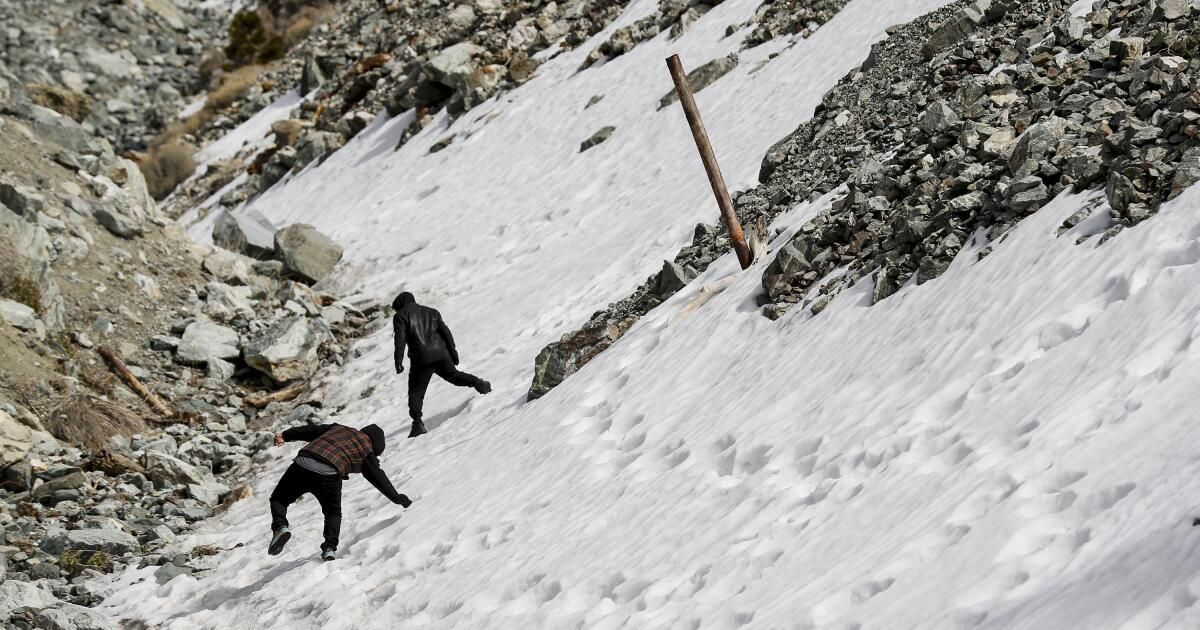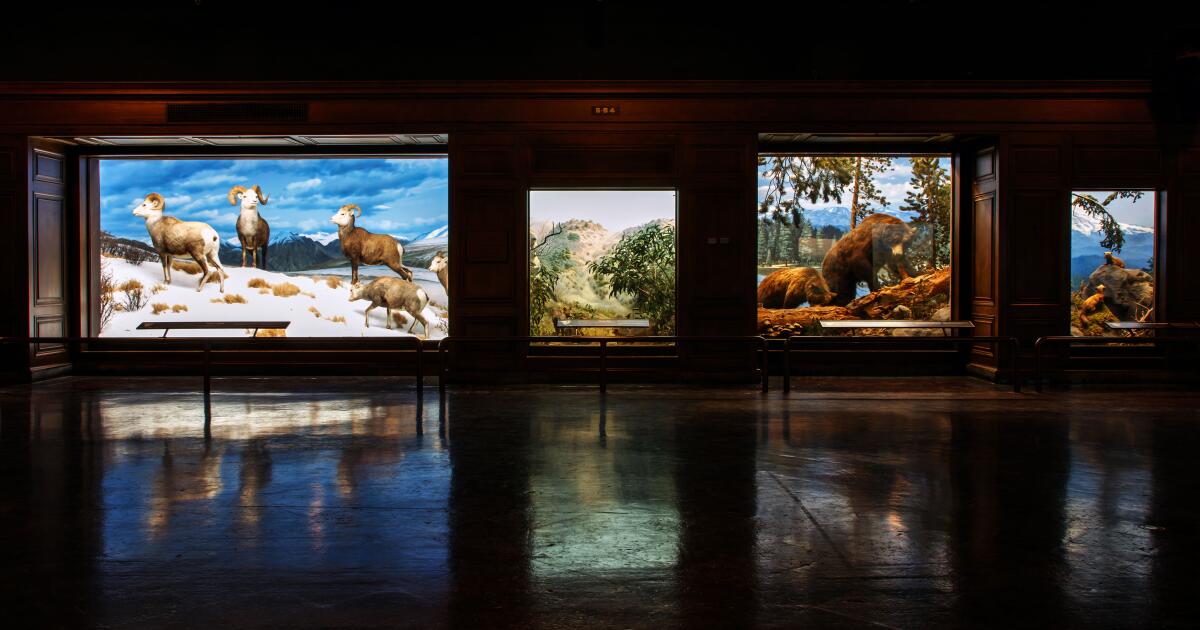This winter has been busy on Mt. Baldy, and not in a good way. Over the course of a couple of weeks, three well-prepared hikers and six poorly prepared hikers required rescue. And, horrifyingly, a young woman from El Monte died while she was walking alone during a snowstorm.
Winter temperatures can drop well below freezing on the mountain, officially called Mount San Antonio. It's easy to lose track in the snow, especially in years with heavy precipitation like this. Others have lost their lives over the years on the narrow Devil's Backbone ridge, which is treacherous in icy conditions.
Last year, actor Julian Sands, an experienced mountaineer, met his death on the mountain. He was walking along an icy ridge when his cell phone rang for the last time; His remains were found five months later in a remote canyon on the side of that ridge.
The 10,064-foot-high mountain, the third tallest in Southern California, has been the site of more than 100 rescue expeditions since 2020 and 11 deaths. The search for Sands alone required 500 hours of searching and cost the local government more than $100,000. The searchers were mainly volunteers, otherwise the bill would have been much higher.
Some say hikers who take the risk should face possible consequences, including death. But that argument does not hold up. As a society, we feel compelled to help those in danger, even if it is costly and potentially dangerous for rescuers. It's the moral thing to do. But a rescuer died in Baldy in 2019. So did the hiker.
The San Bernardino County Sheriff's Department estimates it has spent more than $3 million over the past five years on rescue operations. As a result, Sheriff Shannon D. Dicus has proposed closing access to the mountain when conditions are dangerous, or at least require special permits. This would require the agreement of the United States Forest Service, which did not like the idea. Open access to a wide range of activities is part of its mission, and when regional and state parks close trails after heavy rains, for example, area hikers can count on the forests to remain open.
Closing the mountain, except in drastic conditions, would be too restrictive and impossible to carry out, given the multiple routes there. It's horrible to read about people dying in the mountains. What we generally don't hear about is many well-prepared hikers who accomplish their adventure goals and return home safely under their own power.
However, requiring permits for winter hikers could be a useful way to reduce the number of deaths and injuries. To be successful, the Forest Service would have to make the process easy and affordable, and use the permitting process to educate rather than restrict access or punish violators. Ideally, hikers could purchase them online and print or download them to their smartphones.
This would be an opportunity to make sure hikers are prepared and understand the risks. This could be done by requiring them to watch a short video, read information, and answer a few questions to show they understand before they are allowed to purchase the permit. They could learn how to handle the most dangerous parts of the hike, about the need to not only use crampons in snow and ice conditions, but also crampon-compatible boots, when to carry an ice pick instead of keeping it in their backpacks, and the Dangers. of walking alone in the snow and storms.
A Forest Service spokesperson said there are too many routes into Baldy for the permits to be effective. That's a legitimate point, but there are key access points where warning signs have already been posted and where volunteers are sometimes on site to provide educational materials about the dangers. However, by that time, the hikers are already there with their plans and any equipment they are carrying. They are unlikely to turn around just because their hiking boots have the wrong sole. Some might avoid getting a permit, but if it is cheap and easy enough, they would have little reason to do so.
There is no way to make a Mr. Baldy snow hike completely safe, and there is no good reason to deprive well-prepared people of the adventure. If people are determined enough, they will take the path whether it is closed or not. But a well-managed permit system could reduce the monetary and human cost. If the Forest Service doesn't agree with that, it should foot the bill for the searches and rescues it doesn't try to prevent.












